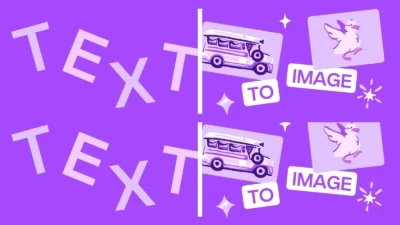Introduction
Python is a versatile and beginner-friendly programming language that has gained immense popularity in recent years. Its simplicity, readability, and extensive library ecosystem make it an excellent choice for both beginners and experienced developers. In this blog post, we will provide a comprehensive introduction to Python, covering its basic syntax, data types, control structures, and common use cases. Whether you are new to programming or looking to expand your skill set, this guide will help you get started with Python.
Getting Started with Python
- Installing Python: A step-by-step guide on how to install Python on different operating systems.
- Running Python: Introduction to the Python interpreter and running your first “Hello, World!” program.
- Integrated Development Environments (IDEs): Overview of popular IDEs for Python such as PyCharm, VS Code, and Jupyter Notebook.
Python Basics: Variables and Data Types
- Variables and Data Types: Explanation of variables, naming conventions, and various data types in Python, including integers, floats, strings, booleans, lists, tuples, and dictionaries.
- Operators: Overview of arithmetic, assignment, comparison, logical, and membership operators.
- Control Flow: Introduction to control structures like if-else statements, loops (for and while), and the use of indentation in Python.
Read 7 Benefits of Programming: Why You Should Learn to Code
Functions and Modules
- Functions: Creating and using functions in Python, including defining function parameters, returning values, and using default arguments.
- Built-in Functions: Exploration of essential built-in functions provided by Python, such as
print(),len(),range(), andinput(). - Modules: Introduction to modules and how to import and use them in Python programs. Highlighting commonly used modules like
math,random, anddatetime.
File Handling and Exception Handling
- File Handling: Reading from and writing to files in Python, including opening, closing, and manipulating file content.
- Exception Handling: Understanding exceptions and how to handle them using
try-exceptblocks,finallystatements, and raising custom exceptions.
Common Use Cases
- Web Scraping: Introduction to web scraping with Python using libraries like BeautifulSoup and requests.
- Data Analysis: Overview of data analysis and manipulation with popular libraries like Pandas and NumPy.
- Automation: Examples of how Python can be used for automating repetitive tasks, such as file processing, data extraction, or interacting with APIs.
Also Read: Top 5 Trending Coding Apps to Enhance And Boost Your Coding Skills 2023
Conclusion
Python’s simplicity and versatility make it an excellent programming language for beginners and professionals alike. In this blog post, we covered the basics of Python, including installation, data types, control structures, functions, modules, file handling, exception handling, and common use cases. Armed with this knowledge, you are well-equipped to start exploring and building exciting applications using Python. Stay curious, practice regularly, and dive deeper into the vast Python ecosystem to unleash your programming potential.
Happy coding!
- Real Python: https://realpython.com/Real Python offers a vast collection of high-quality tutorials, articles, and videos covering various aspects of Python programming, from beginner to advanced topics.
- Python.org’s Beginner’s Guide:The Beginner’s Guide on the Python wiki is a useful resource for beginners, providing step-by-step instructions, tutorials, and tips to get started with Python.
- W3Schools Python Tutorial: W3Schools offers a comprehensive Python tutorial with interactive examples and exercises, covering the basics as well as more advanced topics.
- Python Crash Course Book: “Python Crash Course” by Eric Matthes is a popular book that provides a hands-on approach to learning Python, with practical exercises and projects.
Read More: 5 Tips For improving Your Coding Abilities
Sharing is Caring, don’t forget to share POST with your friends

















[…] Read Introduction to Python: A Beginner’s Guide 2023 […]